Cases
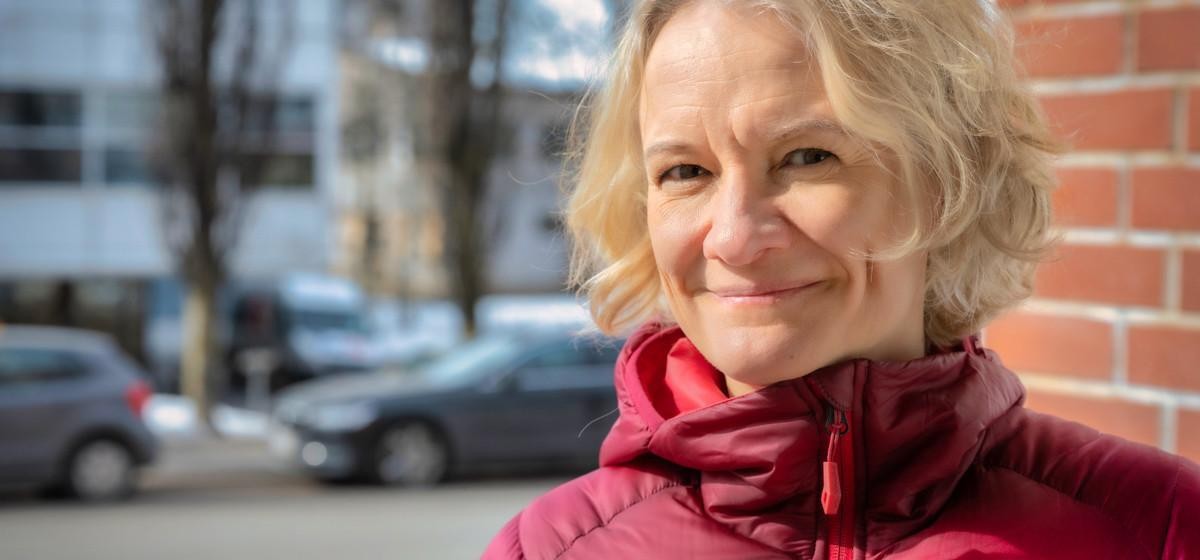
Industrial modernisation
Helsinki’s Circular Economy Cluster focuses on concrete examples
Published:
– Business prospects have played a major role from the very beginning. We wanted to see new innovations and business activities, says Mira Jarkko, Project Manager of Circular Economy Cluster Program, City of Helsinki.
The programme has ambitious goals. In addition to circular economy innovations and business possibilities, it aims simultaneously to help the city with its climate goals.
The City of Helsinki has set itself the goal of being carbon-neutral by 2030. Helsinki wants to be a forerunner in climate change mitigation.
Jarkko’s colleague architect Eeva Jalovaara highlights how the programme means concrete examples, solutions – and in many cases also action.
One good example of concrete measures is the Vattuniemi pilot. Vattuniemi is situated in Lauttasaari, the western part of the city, and includes an area with 16 old, mainly office buildings that have come to the end of their life cycle.
The properties are owned by private companies. The buildings planned to be built in their place will be mostly residential.
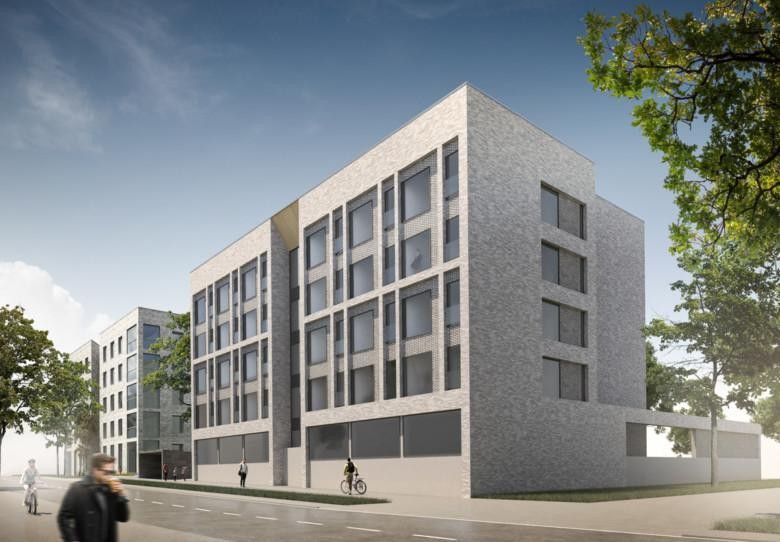
The pilot looks at how the circular economy in construction industry will function with huge material flows and a number of players.
It will also offer data collected on a platform open to all the participants in the ecosystem.
The information is made available on a shared platform before demolition takes place. The materials can be taken into account when planning new construction or pass them on to suitable operators.
The ecosystem gathers also the re-users of rescued materials. The plan is to assess how useful the management, analysis and sharing of data is to different operators.
Very true cliché
The vast amount of materials makes the pilot extremely interesting. According to estimates, there will be 170,000 tonnes of concrete, for example. That equals roughly 3,400 lorries.
Jarkko and Jalovaara are happy to tell that the cluster is very heterogeneous. And it should – the challenges of the future in construction industry are huge.
The cluster has players from the construction industry, architect offices, consultants with different backgrounds and digital platform experts – altogether around 80 participants.
– It sure is a cliché but this time very true: The city could not develop circular economy alone, Jarkko says.
The City of Helsinki has an important role in renting the construction area and inviting all the players to join the discussion on a neutral ground.
Jarkko mentions that for the city the key issue is to listen. What do the companies and other participants need and want? If one of them has a clear need and finally a solution, how would it help the others?
Before the programme started, Helsinki interviewed possible participants and wanted to find out the themes most requested.
– We found out that the programme should be concrete. We have heard enough talk about circular economy in the industry, but just a few real examples.
Huge need for information
Jarkko, Jalovaara and Mette Hiltunen, Project Specialist, say that they haven’t had any difficulties getting people to join the ecosystem.
One of the reasons is flexibility. It is all right just to come and be around and participate in the seminars. Soon many participants have discovered that the ecosystem offers a great opportunity to test ideas and develop circular economy together.
The need for information is huge, as is the the peer learning from each other.
The cluster has arranged several seminars and camps. In September, the cluster with the Ministry of the Environment invites architects and other planning professionals for a two-day innovation camp. Participants will learn from the top circular economy experts and co-create new approaches for designing and reusing construction elements and materials.
It is well recognised that national regulation and the EU taxonomy will tighten. So do the demands from consumers. That happens fast.
Jarkko mentions how five years ago almost nobody seemed to believe in a circular economy in the construction industry. Today, no one can neglect it. Those already taking an active part in the circular economy get a head start and will be the trendsetters.
The feedback from the participants has been very positive. The people have praised the concreteness but also appreciated the possibility for different professionals from the same organisations to participate. The ecosystem is definitely not just for those in charge of the company’s responsibility.
Is it too late to join the group?
Not at all! Jarkko welcomes also experimenting. It is still possible to have support for pilots and testing from the city and the ecosystem.
Featured image credit: Ilkka Ranta-aho
The valley of circular economy
The City of Helsinki is active in a project called Uudenmaan kiertotalouslaakso (Uusimaa circular economy valley).
The project creates new business opportunities and builds a good living environment.
During the project the Helsinki–Uusimaa Region is seeking, developing and sharing information, data, expertise, ideas, resources and networks.
The cooperation offers a great opportunity for the others to learn from Helsinki´s experiences in the Circular Economy Cluster Programme.
The valley of circular economy
The City of Helsinki is active in a project called Uudenmaan kiertotalouslaakso (Uusimaa circular economy valley).
The project creates new business opportunities and builds a good living environment.
During the project the Helsinki–Uusimaa Region is seeking, developing and sharing information, data, expertise, ideas, resources and networks.
The cooperation offers a great opportunity for the others to learn from Helsinki´s experiences in the Circular Economy Cluster Programme.
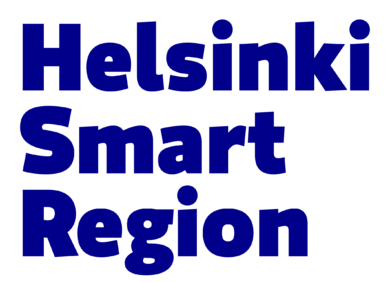







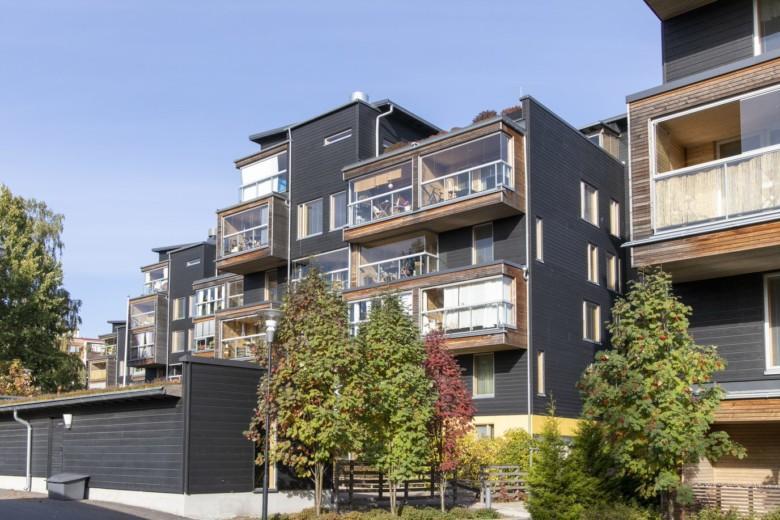
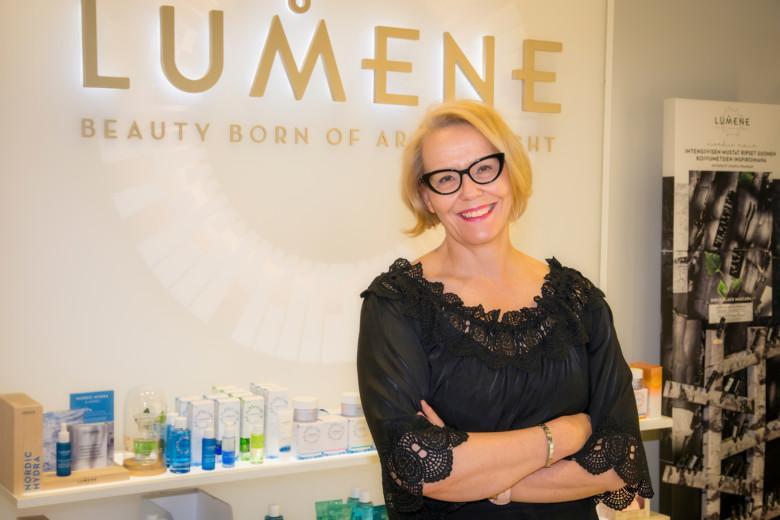
 Return to listing
Return to listing